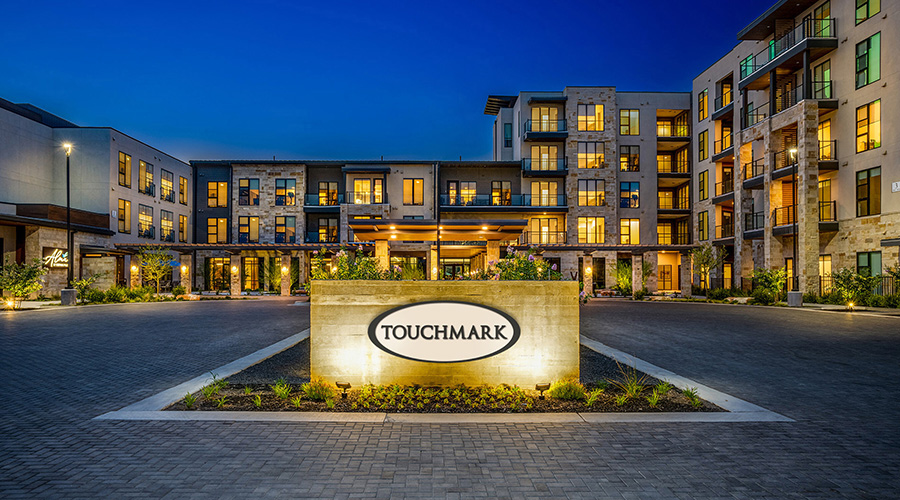
Best practices for healthcare renovations, new construction
Healthcare architects have written tips and shared advice on how to make the decision between renovation and new construction a little easier, and there are many examples of best practices in both renovation and replacement. Here are just a few standouts.
By Healthcare Facilities Today
February 1, 2013
Topic Area: Renovations
Recent Posts
 Building Sustainable Healthcare for an Aging Population
Building Sustainable Healthcare for an Aging Population
Traditional responses — building more primary and secondary care facilities — are no longer sustainable.
 Froedtert ThedaCare Announces Opening of ThedaCare Medical Center-Oshkosh
Froedtert ThedaCare Announces Opening of ThedaCare Medical Center-Oshkosh
The organization broke ground on the health campus in March 2024.
 Touchmark Acquires The Hacienda at Georgetown Senior Living Facility
Touchmark Acquires The Hacienda at Georgetown Senior Living Facility
The facility will now be known as Touchmark at Georgetown.
 Contaminants Under Foot: A Closer Look at Patient Room Floors
Contaminants Under Foot: A Closer Look at Patient Room Floors
So-called dust bunnies on hospital room floors contain dust particles that turn out to be the major source of the bacteria humans breathe.
 Power Outages Largely Driven by Extreme Weather Events
Power Outages Largely Driven by Extreme Weather Events
Almost half of power outages in the United States were caused by extreme weather events.